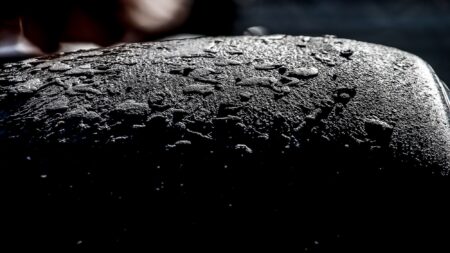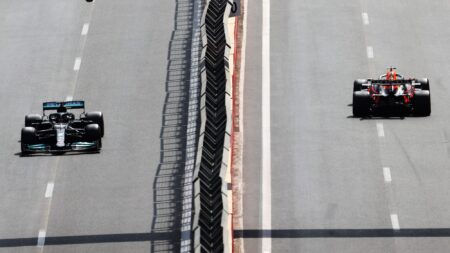Red Bull recruited Perez as an experienced old hand to back up Max Verstappen’s title campaign in a way that the Red Bull junior drivers of late had not been able to. But they may have got more than they even realised – for he brought with him not only experience of the Mercedes engine but of years of in-depth tyre understanding from his time at Force India/Racing Point.
Look which two teams found a way to legally run the Pirelli pressures lower than anyone else: Red Bull and Aston Martin. Sure, that’s what led to the blow-outs in Baku. But as Pirelli’s Mario Isola explained yesterday, that was down to Pirelli not correctly simulating the actual loads the tyres would be subject to there – because they hadn’t understood the extent to which these two teams had found ways of minimising the running pressures. “Not because the teams were doing something against the regulations,” he emphasised, “but because they were looking, as usual, for performance and that created a different scenario compared to what we were expecting, and the different scenario was that mainly the tyres were running at a lower pressure compared to expectations.
“If you go for a bit lower pressure you will get some performance”
“Because in the regulation it is not written what is the running pressure that you have to respect. So I cannot say they are doing something against the regulation in search of more performance because if they respect the starting pressure, at the moment, they are complying with the regulations… they are here racing, they are not here just to cruise around the track. And that means, looking for performance, we know that if you go for a bit lower pressure you will get some performance. That means they are looking for performance and the running parameters were not in line with our prediction.”



